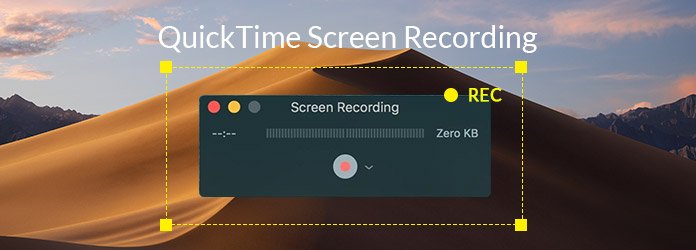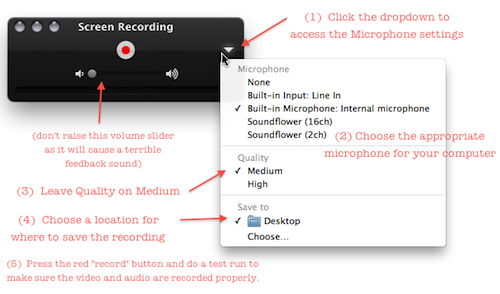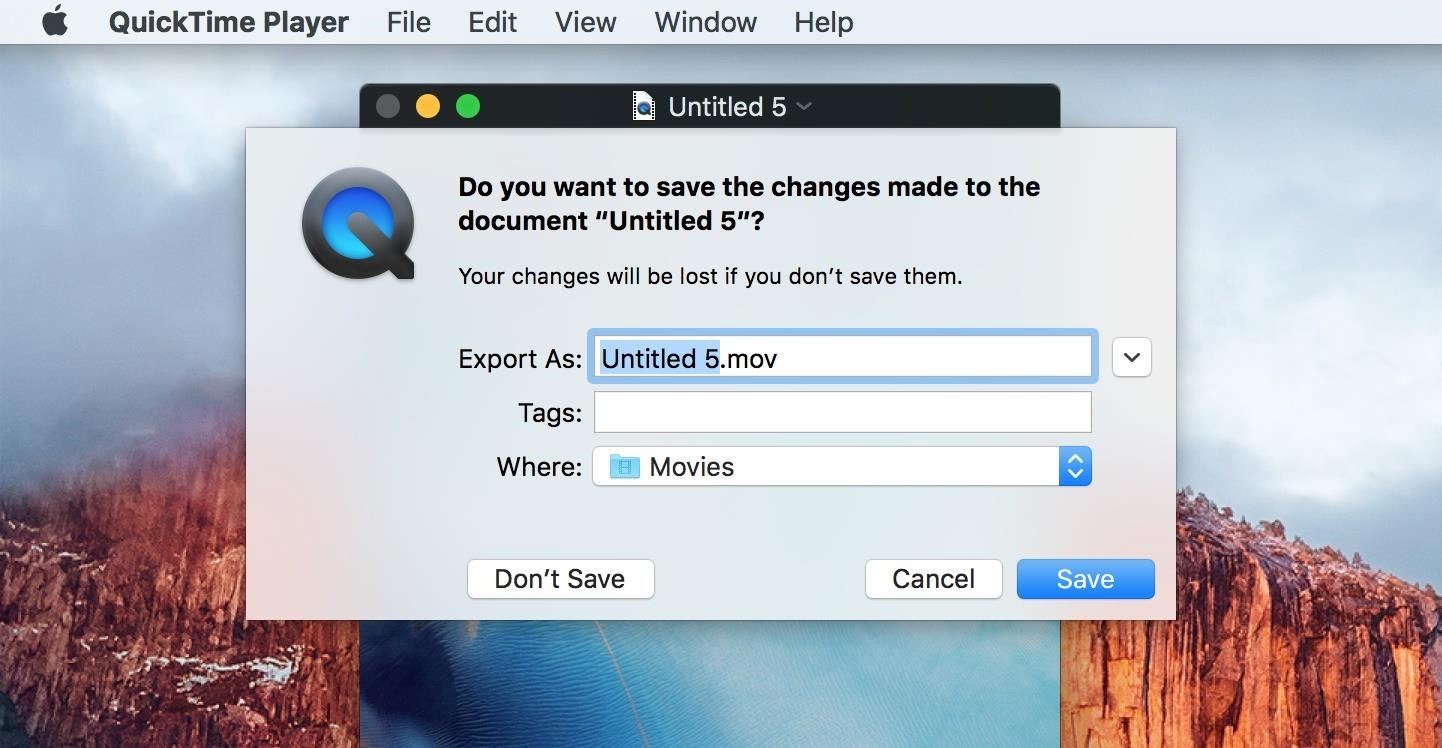


That’s it! Soundflower is indeed a handy tool to quickly include system audio output on your Quicktime recordings. Otherwise, you won’t be able to hear the audio recorded on your screen recording. Once done, be sure to change the audio output back to the Internal speakers from System Preferences (System Preferences -> Sound -> Output). Start your recording and specify the part of the screen you want included in the recording.Ħ. If you already have an audio playing, you’ll notice the sound level show up in Quicktime.ĥ. Click on the arrow next to the red record button, and select “Soundflower (2 ch)” as your audio input method. Now, open Quicktime and select “New Screen Recording” from the File menu.Ĥ. You’ll notice that if you play any audio on your system, you won’t hear it at all.ģ. From the Output pane, select Soundflower (2 ch) as your output. To do this, open up System Preferences and click on Sound.Ģ. Before starting your recording, we need to change the system audio output from the default speakers to our newly installed sound card. Once you have Soundflower installed, simply follow the guide below to record system audio in your screen recording:ġ. We recommend restarting your system after the installation. If it doesn’t, simply navigate to the downloaded file and run the installer again. Click on “Allow.” The installer should restart again by itself. Navigate to “System Preferences -> Security and Privacy.” On the bottom-left, you should see a warning for Soundflower next to an “Allow” button.Ĥ. You’ll need to allow it to be installed from the System Preferences app.ģ. Initially, you might face an error in the setup, as the Soundflower installer is not signed.

Once downloaded, open the DMG file, hold down the Control key on your keyboard, and open up the installer.

The installer supports nearly all Mac OS X / macOS versions up to 10.14 Mojave currently, so it should work on your system.Ģ. Download Soundflower onto your Mac by opening the Soundflower page on GitHub, scrolling down to “Assets” and clicking on “.” Alternatively, you can download it directly from here. By using this extension as your audio output source, and input source in Quicktime, you’ll be able to record audio directly from your system, bypassing the built-in mic. To solve this problem, Matt Ingalls (GitHub) has created an addon named Soundflower that adds an audio extension to macOS.


 0 kommentar(er)
0 kommentar(er)
